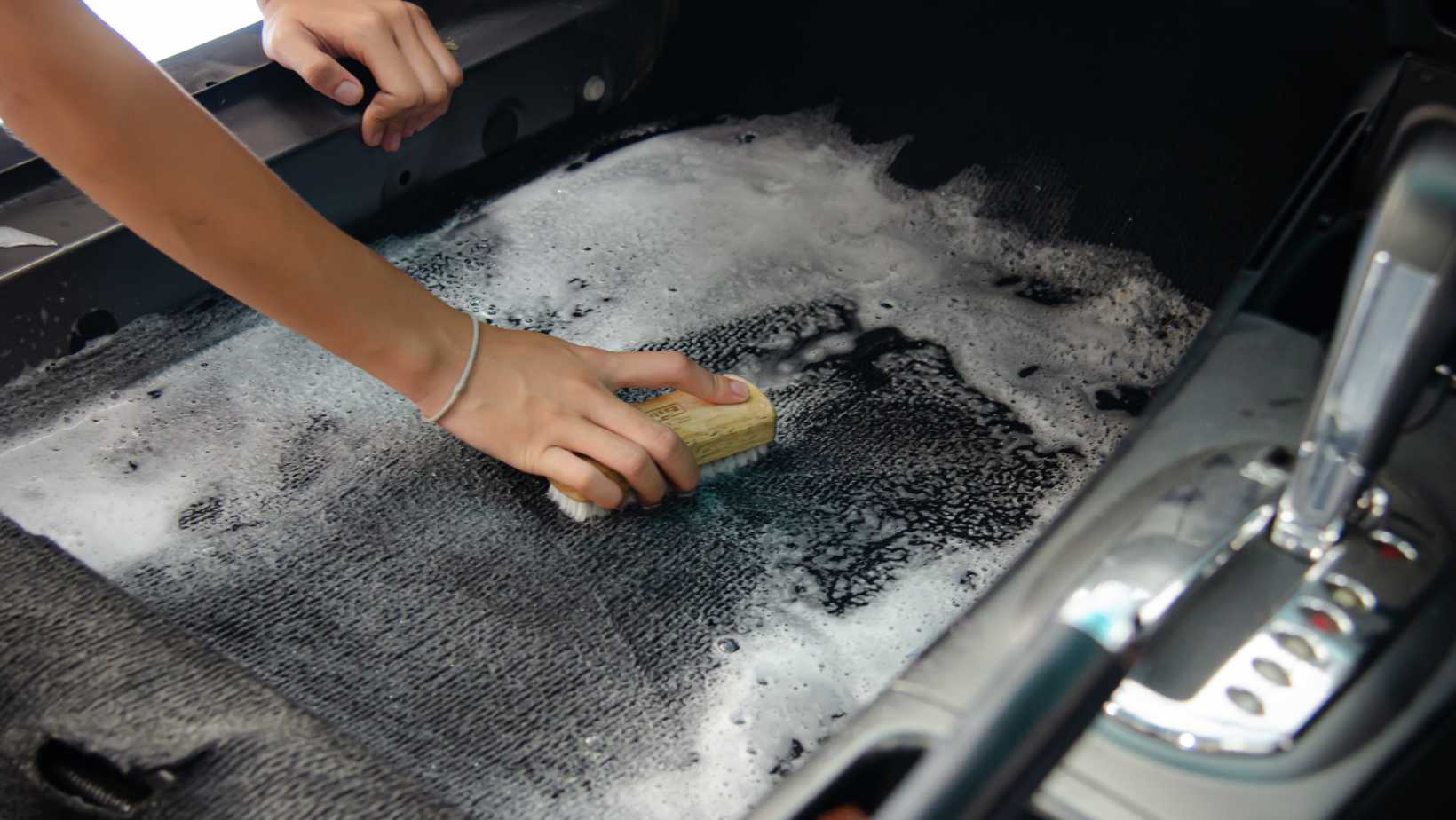Are you looking for a solution to restore your car’s interior upholstery? Whether it’s a tear, stain, or general wear and tear, I can provide you with some valuable insights on car interior upholstery repair. The condition of your car’s interior plays a significant role in its overall appearance and value. With proper care and maintenance, you can keep your car looking fresh and appealing.
Car interior upholstery repair involves addressing any damages or imperfections in the seating, dashboard, door panels, or other fabric surfaces within the vehicle. From repairing small tears to restoring faded colors, there are various techniques and products available to help rejuvenate your car’s interior.
Car Interior Upholstery Repair
Common Causes of Car Interior Upholstery Damage
Car interior upholstery can experience wear and tear over time, leading to the need for repair. There are several common causes that contribute to upholstery damage in cars. Some of these include:
- Spills and Stains: Accidental spills of food, drinks, or other substances can leave unsightly stains on your car’s upholstery. These stains not only affect the appearance but can also penetrate the fabric or leather, making them harder to remove.
- Sunlight and Heat Exposure: Prolonged exposure to sunlight and heat can cause fading, discoloration, and even cracking or peeling of car interior upholstery materials. UV rays from the sun can be particularly damaging to leather seats.
- Abrasion and Friction: Regular use of your car’s interior, such as sliding in and out of seats or constant rubbing against certain areas, can lead to friction-related damage like worn-out spots or pilling on fabric surfaces.
- Pets and Sharp Objects: Pets with sharp claws or objects like keys, pens, or tools carried inside the car can accidentally scratch or puncture the upholstery material.
Types of Car Interior Upholstery Materials
Car interior upholstery comes in various materials that determine its look, feel, durability, and maintenance requirements. Here are some commonly used types:
- Fabric: Fabric upholstery is a popular choice due to its affordability and versatility. It comes in different textures (like nylon, polyester) and colors while being relatively easy to clean.
- Leather: Leather adds a touch of luxury to any vehicle’s interior with its smoothness and rich appearance; however, it requires regular cleaning and conditioning for longevity.
- Vinyl: Vinyl upholstery offers durability at a lower cost compared to leather but lacks the same level of elegance.
- Suede: Suede provides a soft, plush feel and is often used in high-end vehicles. It requires special care to prevent staining and maintain its texture.

Choosing the Right Materials for Car Interior Upholstery Repair
When it comes to car interior upholstery repair, selecting the right materials is crucial for achieving a high-quality and durable result. With so many options available, it can feel overwhelming to make the right choice. But fear not, I’m here to guide you through the process!
Here are some key factors to consider when choosing materials for your car interior upholstery repair:
- Fabric Type: The type of fabric you choose will greatly impact the overall look and feel of your car’s interior. Consider factors such as durability, stain resistance, and ease of cleaning. Common fabric choices include vinyl, leather, cloth, or microfiber.
- Color and Design: Think about the desired aesthetic appeal of your car’s interior. Choose a color and design that complements your vehicle’s style while also taking into account factors like visibility of stains or wear over time.
- Quality: Opting for high-quality materials ensures longevity and durability of your repaired upholstery. Investing in premium-grade fabrics may cost more initially but can save you from having to reupholster again in the near future.
- Compatibility with Climate: If you live in an area with extreme weather conditions, consider materials that can withstand temperature changes without cracking or fading. For example, leather may be a better option for hot climates due to its ability to stay cool.
- Ease of Installation: Depending on your skill level and personal preference, you may want to choose materials that are relatively easy to install or work with during repairs. Some fabrics require professional installation while others offer DIY-friendly features.
Remember that each material has its pros and cons based on various factors such as cost, maintenance requirements, and personal preferences. Ultimately, it’s essential to strike a balance between functionality and aesthetics when making your selection.







































